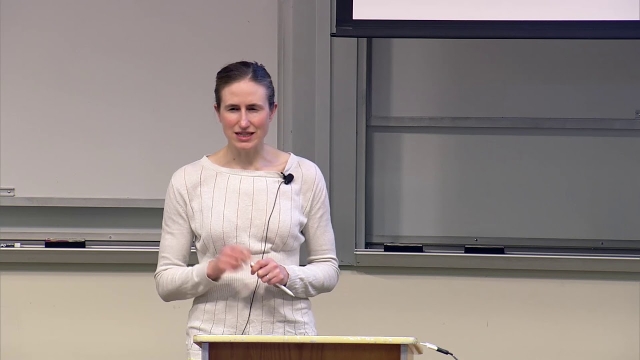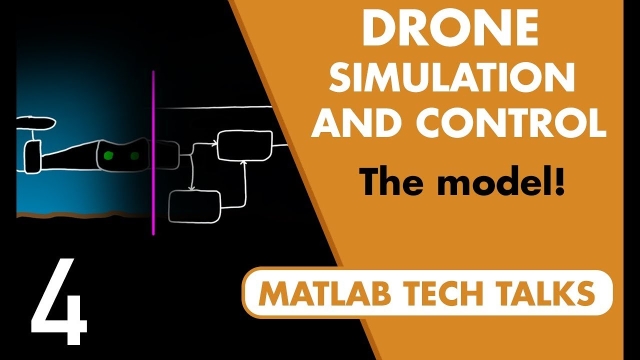
Kalman Filter Tutorial
The Kalman Filter is an easy topic. However, many tutorials are not easy to understand. Most require extensive mathematical background which makes them difficult to understand. Also, most...
See MoreFourier Series: Part 2
This video will show how to approximate a function with a Fourier series, which is an infinite sum of sines and cosines. We will discuss how these sines and cosines form a basis for the...
See MoreFrequency domain – tutorial 10: modulation
In this video, we learn about modulation technique which is commonly used in communication systems to send information from transmitter to receiver. The foll...
See MoreClosed Loop Feedback Control
Intro to closed loop (feedback) control motivation, theory, block diagrams and block diagram algebra, and PID controllers
See MoreTeaching resources for a reinforcement learning course
Teaching resources by Dimitri P. Bertsekas for reinforcement learning courses. The website has links for freely available textbooks (for instructional purposes), videolectures, and course...
See MoreLecture 3: Electrical and Mechanical System Transfer Functions
Bode Plot Gain and Phase Margin Determination
I'll show you how we can determine the Gain and Phase Margin from a Bode Plot (at some fixed controller gain).
See MorePeter Ponders PID - Feed Forward Theory and Calculations
Lecture 7: More on Signal Flow Graphs and Block Diagram Reduction
Humans, Robots, and Non-Prehensile Manipulation
This is a fun video that was inspired by a presentation I saw at the 2015 International Conference on Robotics and Automation (ICRA). I wanted to see if humans could duplicate the...
See MoreTransfer Function to State Space
In this video we show how to transform a transfer function to an equivalent state space representation. We will derive various transformations such as contr...
See MoreDrone Control and the Complementary Filter
Let's talk about the complementary filter and how we can use it to estimate the attitude of a drone using an IMU. It is such a dead simple filter, which is a good reason to learn it, but it...
See MoreDerivation of Rodrigues’ Rotation Formula
In this video we explain and derive Rodrigues’ Rotation Formula. This functions describes how to rotate an arbitrary vector about another arbitrary axis of rotation. This has applications to...
See MoreInner Products in Hilbert Space
This video will show how the inner product of functions in Hilbert space is related to the standard inner product of vectors of data.
See MoreControl Bootcamp: Sensitivity and Complementary Sensitivity
Here we explore the sensitivity and complementary sensitivity functions, which are critical in understanding robustness and performance.
See MoreManipulating Aerodynamic Coefficients
In this video we discuss some potential problems you may encounter when attempting to perform operations with dimensionless aerodynamic coefficients such as ...
See MoreTikZ source Code: Nested subsystems
TikZ source Code: Nested subsystems
See MoreData-Driven Control: Balanced Proper Orthogonal Decomposition
In this lecture, we introduce the balancing proper orthogonal decomposition (BPOD) to approximate balanced truncation for high-dimensional systems.
See MoreSVD: Eigenfaces 1 [Matlab]
This video describes how the singular value decomposition (SVD) can be used to efficiently represent human faces, in the so-called "eigenfaces" (Matlab code, part 1).
See MoreIdentifying Dominant Balance Physics from Data - Jared Callaham
This video illustrates a new algorithm to identify local dominant physical balance relations from multiscale spatiotemporal data.
See MoreDesigning a PID Controller Using the Root Locus Method
In this video we discuss how to use the root locus method to design a PID controller. In addition to discussing the theory, we look at Matlab tools to enabl...
See MoreTikZ source Code: Sliding Mode Control Example
TikZ source Code: Sliding Mode Control Example
See MoreUnitary Transformations and the SVD [Python]
This video describes how the singular value decomposition (SVD) is related to unitary transformations, with Python code.
See MoreStanford CS234: Reinforcement Learning | Winter 2019 | Lecture 7 - Imitation...
Professor Emma Brunskill
Assistant Professor, Computer Science
Stanford AI for Human Impact Lab
Stanford Artificial Intelligence Lab
Statistical Machine Learning Group
See MoreDrone Simulation and Control, Part 4: How to Build a Model for Simulation
This video describes how a good model of the drone and the environment it operates in can be used for simulation and test. It shows how nonlinear and linear models are both needed for...
See More

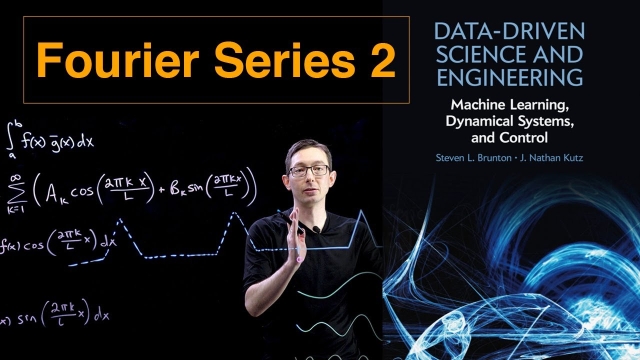
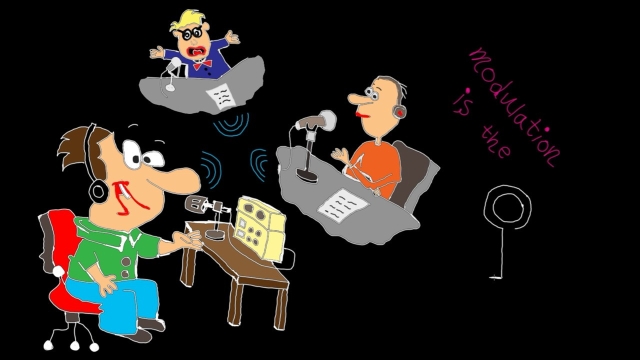
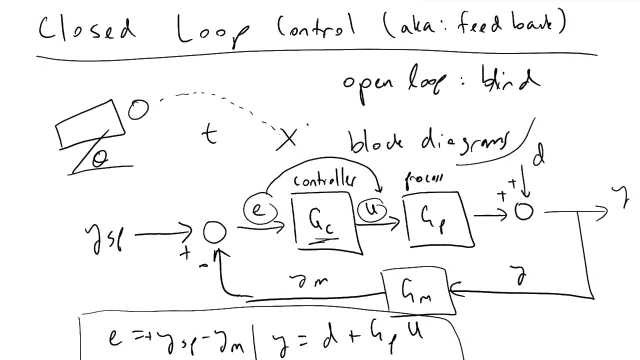

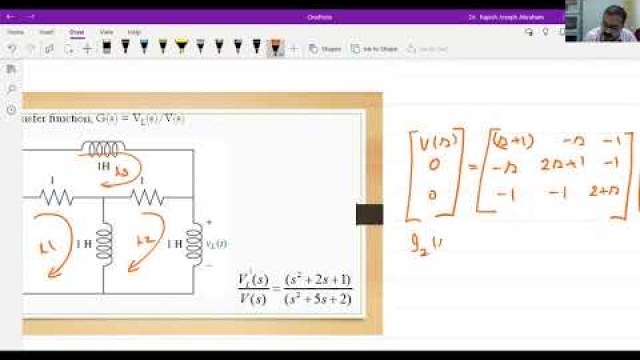
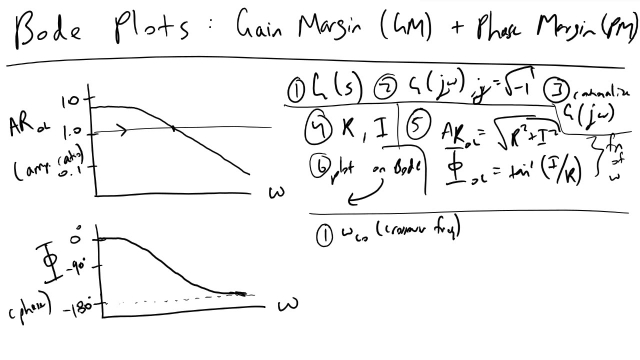
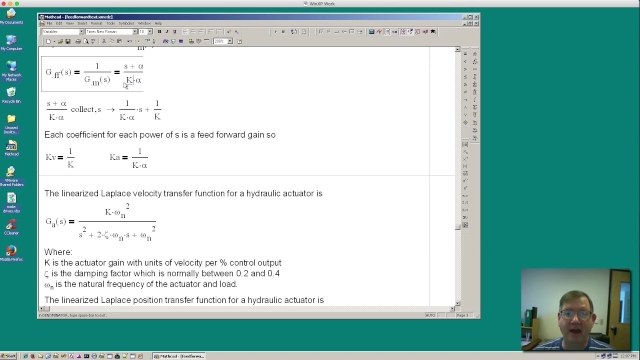

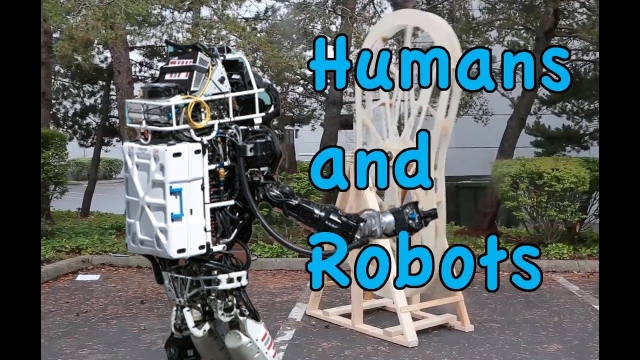
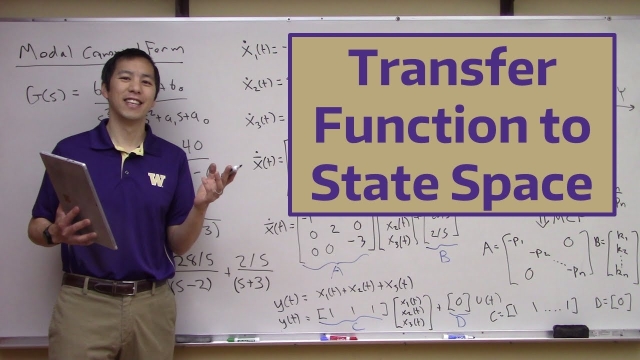
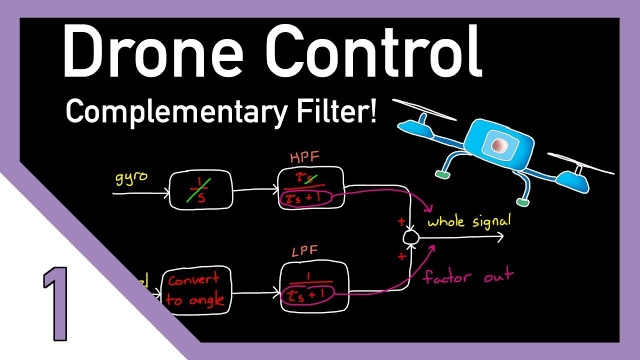


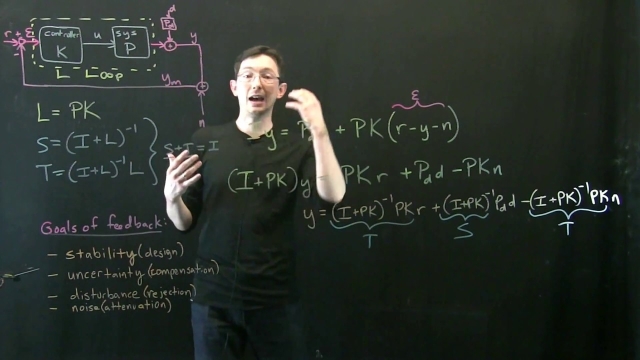
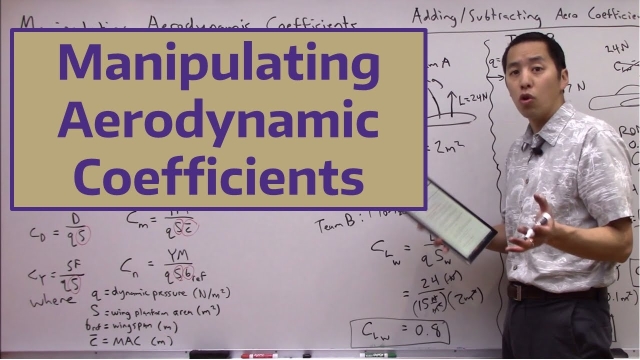


![SVD: Eigenfaces 1 [Matlab]](/sites/default/files/styles/search_resulkts/public/2020-12/maxresdefault_412.jpg?itok=X4iw3jz2)
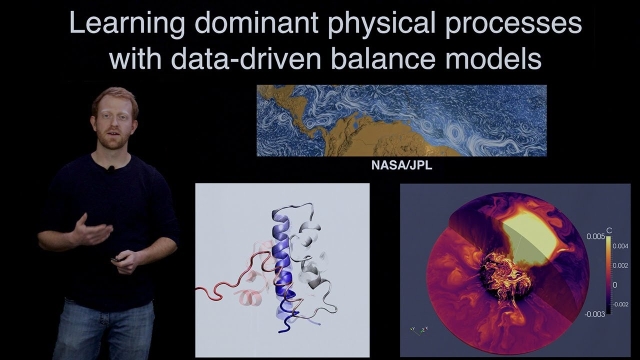

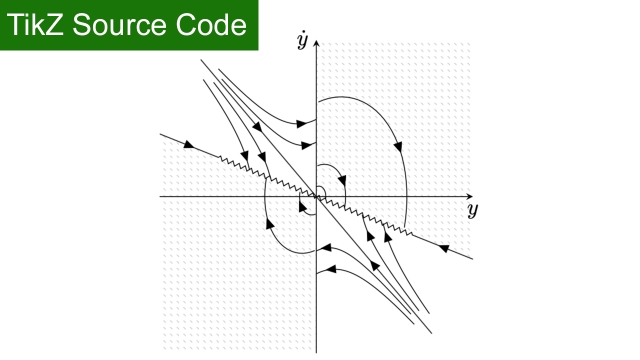
![Unitary Transformations and the SVD [Python]](/sites/default/files/styles/search_resulkts/public/2020-12/maxresdefault_428.jpg?itok=YznjC6fr)
